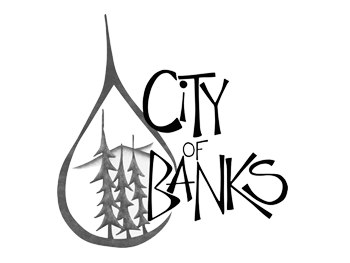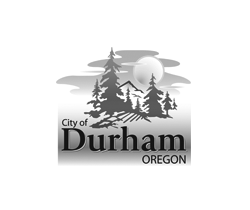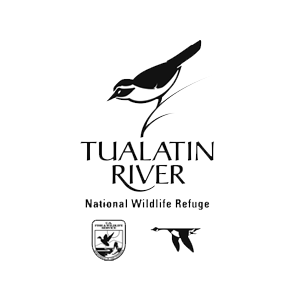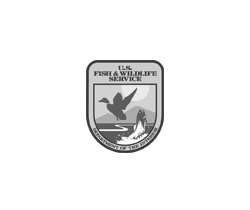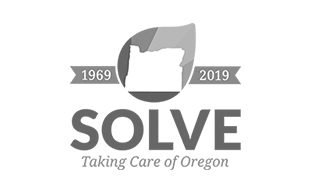
Work done to reconnect the floodplain in both phases of the project helps to nourish the surrounding forest and wet prairie and enhances habitat for steelhead in the creek.

An incised portion of the creek was widened in Phase 1. Now the creek can more readily rise and flood the forest.

To prevent erosion after construction, field operations crews apply straw to bare soil.

Field operations crew applies special erosion control fabric to the floodplain opening on Phase 2.

A non-functional berm was removed to open up the floodplain.

Wet prairie habitat was created 2013-2018.

B St trail follows an obsolete railroad right of way. This project removed the remnant railroad trestle, which aggravates erosion. (Trestle is visible on the left of this spring 2019 photo.)

Spring, 2019: The obsolete, eroding railroad bed separates the creek from its floodplain. Vegetation from this area, already somewhat sparse, has already been removed to prepare for this phase of construction work. The area will be replanted in the fall and winter of 2019-20, as part of Phase 1.

Native camas flourishes amidst spring rains in a nearby wetland.

The project will reduce streamside erosion, starkly visible in this spring 2019 photo.

The B St trail is a popular destination, easily accessible from Forest Grove yet not far from farms and the foothills of the Coast Range. (Photo: Spring 2019)

In preparation for construction during the spring of 2019, a team of Xerces Society staff and volunteers surveyed and relocated native freshwater mussels, which can live up to 50 years and filter water all their lives. All native freshwater mussels in Oregon are considered sensitive or threatened.

Aug. 20: A creek stabilization project like this requires a lot of logs— and trail closures so it’s safe to truck in the wood.

Aug. 28: This project removed the obsolete railroad trestle.

Aug. 29: Crews used specialized equipment to safely remove the obsolete trestle supports. All in all, about 58,000 pounds of creosote-treated trestle material was safely removed. In addition, the team removed 150,000 pounds of railroad fill and replaced it with good soil.

Sep. 5: Crews used heavy equipment to excavate the work area down to the level of the creek.

Sept. 24: The team placed a special turbidity curtain in the creek to protect water quality, then used a sein net to remove fish and other aquatic organisms from the channel work area. Heavy rains hit early this year, complicating this effort.

Sep. 24: Tree trunks pounded deep into the bank play a critical role in stream stabilization.

Oct 3: Creekbank stabilization involves multiple strategies and materials, including coconut fiber fabric, logs and 6,000 cuttings from native trees and shrubs.

Oct 8: Starting from the bottom and moving up, crews created a total of nine soil lifts to reshape the creekbank.

Oct. 10: As the construction portion of Phase 1 neared completion, construction crews applied 125 pounds of native grass and wildflower seed. Revegetation crews will soon arrive to plant native grasses, wildflowers, shrubs and trees that will ultimately re-grow into a healthy riparian forest, as seen in the background of this photo.

Oct. 15: The project includes some drainage improvements along the trail.

Oct. 21: As the fall rains began, the creek began to rise and interact with the rebuilt bank.

12.20.19 As the creek rose with winter rains, the water moved as the project team intended.

12.20.19 Portions of the path that have historically flooded are staying dry in winter rains, thanks to the drainage component of the project. The team is taking steps to help the public understand how important it is to enjoy the project from the trail and avoid walking on the newly planted areas.

12.21.19 As the December rains continued, the water covered the entire project area, submerging all levels of the rebuilt bank and flowing over the trail and into the area created to hold high flows.




























